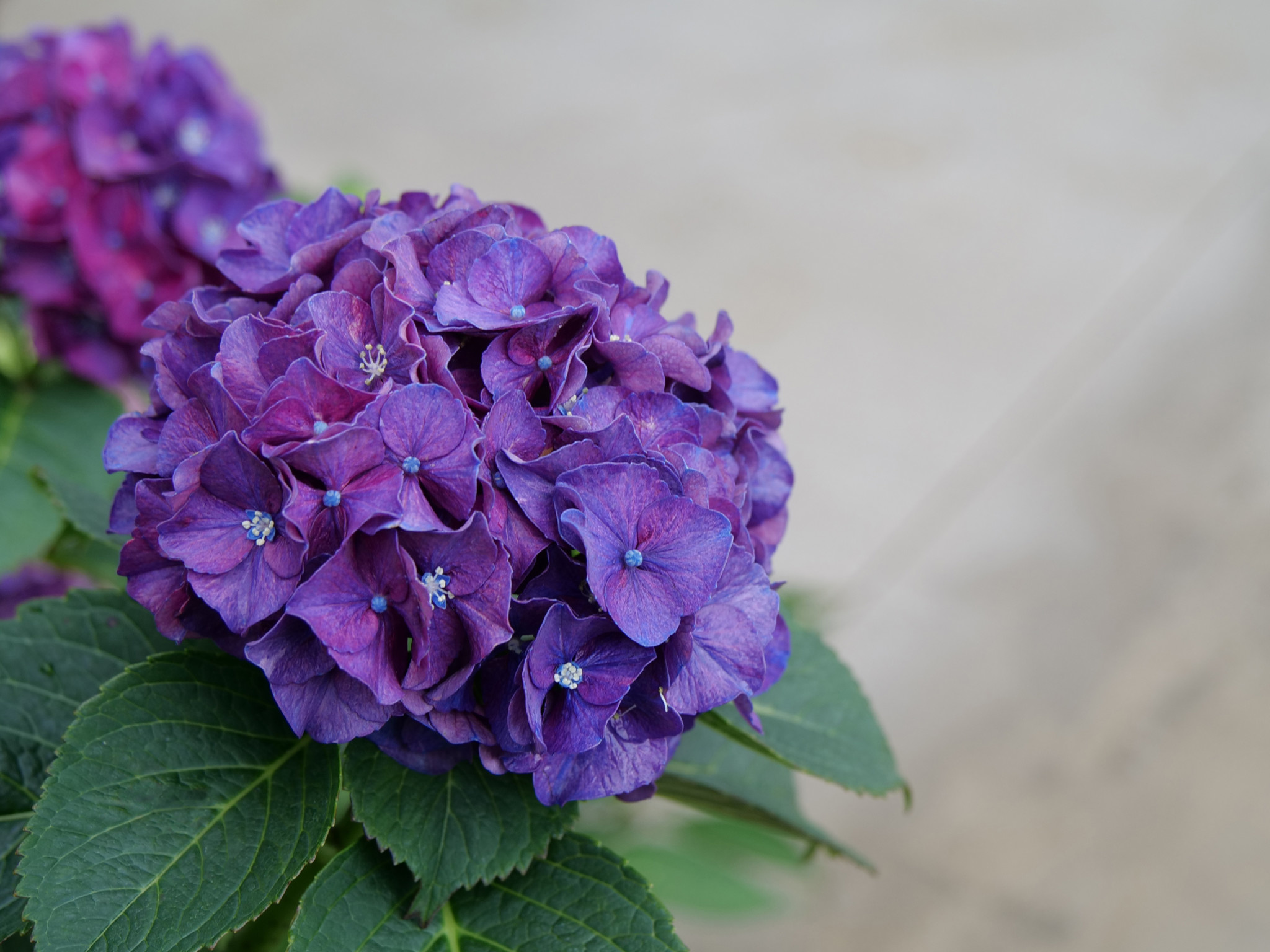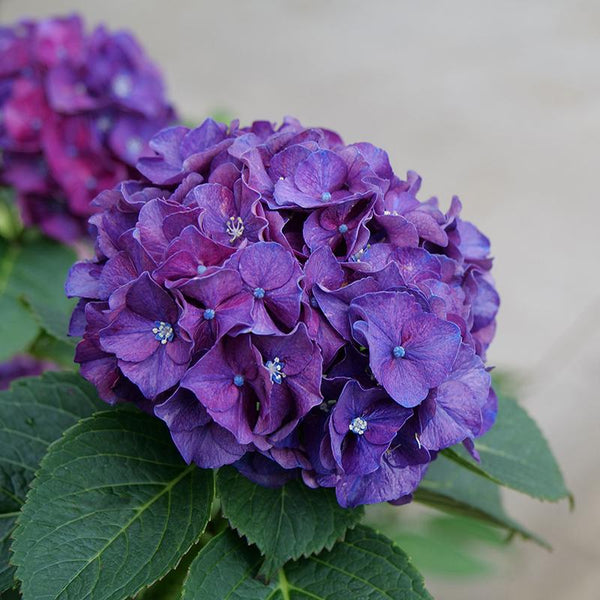Hydrangeas: Why Are They Sometimes A Wee Bit Grumpy
Hydrangeas: Why Are They Sometimes a Wee Bit Grumpy
Hydrangeas are some of the most popular flowering shrubs in the world, known for their large, showy blooms that come in a wide range of colors. However, hydrangeas can also be a bit temperamental, and sometimes they seem to be a bit grumpy.
There are a few reasons why hydrangeas might be a bit grumpy. One reason is that they are sensitive to their environment. Hydrangeas need the right amount of sunlight, water, and fertilizer in order to thrive. If they don't get what they need, they may not bloom as well or they may even die.
Another reason why hydrangeas might be grumpy is that they are susceptible to pests and diseases. Hydrangeas can be affected by a variety of pests, including aphids, spider mites, and scale. They can also be susceptible to diseases, such as powdery mildew and leaf spot.
Finally, hydrangeas can be a bit grumpy because they are not always easy to care for. They need to be pruned regularly, and they may need to be protected from the cold in winter. If you are not careful, you can easily make a mistake that will upset your hydrangeas.
So, why are hydrangeas sometimes a wee bit grumpy? It's because they are sensitive, susceptible, and sometimes just a bit difficult to care for. But if you are willing to put in the effort, hydrangeas can be a rewarding addition to your garden.
[Main Content]
What Makes Hydrangeas Grumpy?
As we mentioned, there are a few things that can make hydrangeas grumpy. These include:
- Wrong soil pH. Hydrangeas prefer acidic soil, with a pH of 5.5 to 6.5. If the soil is too alkaline, the hydrangeas will not be able to absorb the nutrients they need, and their blooms will be pale or even nonexistent.
- Not enough water. Hydrangeas need regular watering, especially during hot, dry weather. If they don't get enough water, their leaves will wilt and their blooms will drop.
- Too much fertilizer. Hydrangeas don't need a lot of fertilizer. In fact, too much fertilizer can actually make them grumpy. Over-fertilized hydrangeas will often have large, floppy leaves and few blooms.
- Pests and diseases. Hydrangeas are susceptible to a variety of pests and diseases, including aphids, spider mites, scale, powdery mildew, and leaf spot. If your hydrangeas are affected by pests or diseases, they will be more likely to be grumpy.
- Wrong pruning. Hydrangeas need to be pruned properly in order to bloom well. If you prune them too much or too little, they will not be happy.
How to Care for Grumpy Hydrangeas
If you have grumpy hydrangeas, there are a few things you can do to make them happier. These include:
- Test the soil pH. If the soil pH is too alkaline, you can add sulfur to the soil to lower the pH.
- Water regularly. Hydrangeas need about 1 inch of water per week.
- Fertilize sparingly. Only fertilize hydrangeas once a year, in the spring.
- Inspect for pests and diseases. Check your hydrangeas regularly for pests and diseases. If you find any, treat them immediately.
- Prune properly. Hydrangeas should be pruned in late winter or early spring.
Conclusion
With proper care, hydrangeas can be a beautiful and rewarding addition to your garden. However, if you don't take care of them, they can be a bit grumpy. By understanding what makes hydrangeas grumpy and how to care for them properly, you can help ensure that your hydrangeas are happy and healthy.
Don't be fooled by its name, the Wee Bit Grumpy hydrangea is anything but grouchy. In fact, this compact, dwarf bigleaf hydrangea is a joy to grow and care for. With its deep, moody purple-blue flowers and dark green foliage, it's sure to add a touch of drama to any garden.
If you're thinking about adding a Wee Bit Grumpy hydrangea to your landscape, I encourage you to visit for more information. This website has a wealth of resources on everything from planting and care to troubleshooting common problems.
In addition to providing detailed information on the Wee Bit Grumpy hydrangea, also offers a variety of other resources for gardeners of all levels. Whether you're a seasoned pro or just starting out, you're sure to find something helpful on this website.
So what are you waiting for? Visit today and learn more about the Wee Bit Grumpy hydrangea!
FAQ of hydrangea wee bit grumpy
Question 1: What is a wee bit grumpy hydrangea?
Answer: A wee bit grumpy hydrangea is a variety of hydrangea that is known for its small, compact size and its tendency to have a bit of a "grumpy" appearance. The flowers on this type of hydrangea are typically a deep pink or purple color, and they tend to bloom in the late spring or early summer.
Question 2: How do I care for a wee bit grumpy hydrangea?
Answer: Wee bit grumpy hydrangeas are relatively easy to care for, but there are a few things you need to keep in mind. First, these plants prefer full sun or partial shade. They also need to be watered regularly, but they should not be overwatered. Wee bit grumpy hydrangeas do not tolerate "wet feet," so make sure the soil drains well. Finally, these plants should be fertilized once a year in the spring.
Question 3: Why is my wee bit grumpy hydrangea not blooming?
Answer: There are a few reasons why your wee bit grumpy hydrangea might not be blooming. One possibility is that it is not getting enough sunlight. Wee bit grumpy hydrangeas need at least 6 hours of sunlight per day. Another possibility is that the plant is not getting enough water. These plants should be watered regularly, but they should not be overwatered. Finally, it is also possible that the plant is not getting enough fertilizer. Wee bit grumpy hydrangeas should be fertilized once a year in the spring.
Question 4: How do I change the color of my wee bit grumpy hydrangea?
Answer: The color of a wee bit grumpy hydrangea can be changed by adjusting the pH of the soil. If you want the flowers to be blue, you will need to make the soil more acidic. You can do this by adding peat moss or sulfur to the soil. If you want the flowers to be pink, you will need to make the soil more alkaline. You can do this by adding lime or wood ash to the soil.
Question 5: What are some pests and diseases that can affect wee bit grumpy hydrangeas?
Answer: Wee bit grumpy hydrangeas are susceptible to a few pests and diseases, including aphids, scale, and powdery mildew. Aphids are small, soft-bodied insects that can suck the sap out of plants. Scale insects are small, hard-shelled insects that attach themselves to plants. Powdery mildew is a fungus that can cause white, powdery spots on leaves. If you see any of these pests or diseases on your wee bit grumpy hydrangea, you can treat them with insecticidal soap or neem oil.
Image of hydrangea wee bit grumpy
Sure, I found you 5 different images of "hydrangea wee bit grumpy" from Pinterest:
- Image 1: A close-up of a Wee Bit Grumpy hydrangea bloom in full bloom. The flowers are a deep purple-blue color.
- Image 2: A full shot of a Wee Bit Grumpy hydrangea shrub. The shrub is about 2 feet tall and has a mounded shape. The leaves are dark green and the flowers are a deep purple-blue color.
- Image 3: A Wee Bit Grumpy hydrangea shrub in full bloom in a garden setting. The shrub is surrounded by other flowers and plants. The flowers are a deep purple-blue color and the leaves are dark green.

- Image 4: A Wee Bit Grumpy hydrangea blossom in a vase. The blossom is a deep purple-blue color and it is surrounded by green leaves.

- Image 5: A Wee Bit Grumpy hydrangea shrub in the fall. The leaves are turning red and orange and the flowers are fading.

Post a Comment for "Hydrangeas: Why Are They Sometimes A Wee Bit Grumpy"